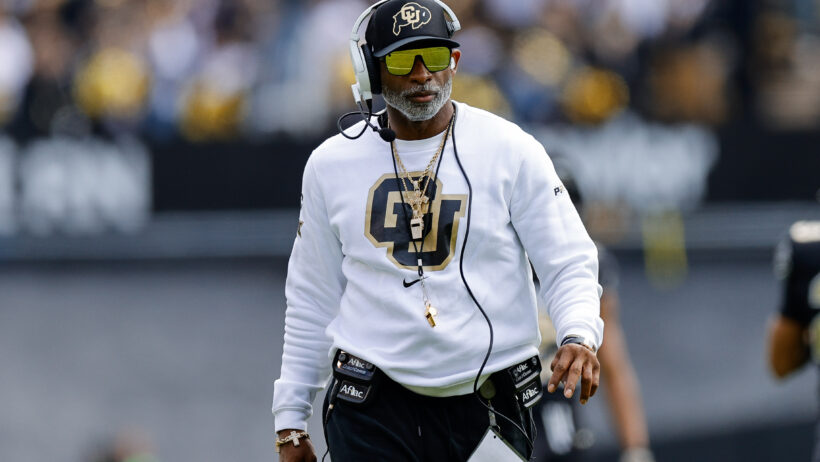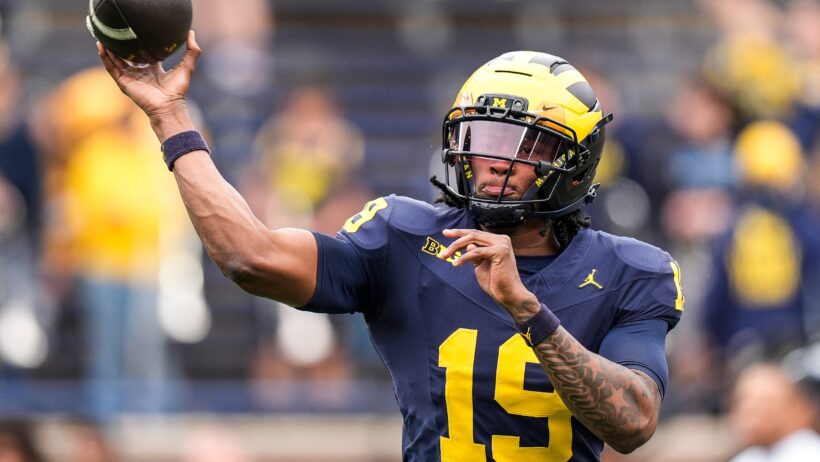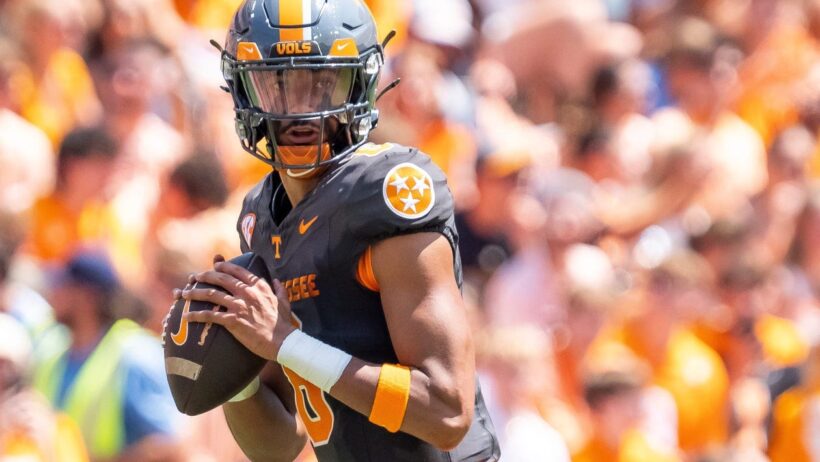College Football Public Betting Trends & Money Percentages
Public betting trends are not currently available.
We don't have public betting splits for upcoming games yet. Check back soon!
Check out College Football futures odds for now!
Latest College Football News, Picks & Analysis
Betting splits above are updated hourly; the data presented is an average of the public bets and public money from multiple North American and global sportsbooks.

Must manually enter promo code DIME to claim offer.
College Football Betting Trends
2024 college football bowl season is in full swing, with games taking place almost daily from Dec. 14 to Jan. 20. Some of the notable CFB public betting trends for the upcoming bowl games include:
- Sharp action is making its presence felt in the Sugar Bowl – while Georgia (-1) is getting 55% of spread tickets, they’re drawing a more significant 61% of the handle against Notre Dame, suggesting larger wagers on the Bulldogs
- The National Championship semifinal between Ohio State and Texas is drawing overwhelming public support for the Buckeyes, who are commanding 82% of spread tickets and an even heavier 86% of the handle as favorites. OSU is now priced at -6.5 after opening at -4.5.
- Ole Miss (-17) has emerged as one of the most lopsided plays of bowl season, attracting 75% of spread tickets and a whopping 81% of the money against Duke in the Gator Bowl. The public is also heavily backing a high-scoring affair, with 66% of over/under tickets hitting the over.
What are Consensus Picks and College Football Betting Trends?
Every bet placed on a college football game is tracked and entered into a system at your sportsbook of choice. Using all those transactions, bettors, analysts and fans alike can track trends based off the total number of bets placed and total amount of money bet on any game across the spread, moneyline or over/under total markets.
With that data, you can see the public consensus (as well as where the sharp money is) for every game before placing your bet.
How NCAAF Bet and Money Percentages Differ
Money percentages – or percent of the handle – refers to the total amount of money wagered on an event, often broken down by bet type.
The money percentage pools all the money wagered on any game together, first sorting it by the type of bet (moneyline, spread, or total points scored), and then breaks down what percentage of the handle is bet on each side.
Whichever side the handle is weighted to can signal the sharp action (if the amount of tickets on that side are low), or if that side is being heavily bet by the public (if the ticket percentage is high).
Bet percentages, meanwhile, are frequently referred to as “% of tickets” or “% of bets”. Tickets are just a term used for all the bets placed.
To get the bet percentage, you look at all the bets placed (regardless of the amount of money risked on each one), again, sorting first by the type of bet, and then look at the percentage of tickets on each side of the game.
This can help identify which side both high-stakes and low-stakes players are trending towards.
Noticing Sharp Action While Betting College Football
As broken down above, ticket percentage does not consider the amount risked on each ticket – it just counts each bet placed. If we compare the bet percentage and money percentage of the same team (for the same bet type), you’ll know something is up if they are not relatively similar.
For example, if Alabama has 78% of the tickets bet against the spread, but only has 50% of the money, we now know the bets being placed on Alabama are quite small – or the bets being placed on Ole Miss are quite large.
A noticeable difference between a team’s bet and money percentages can help signal sharp action. In order to calculate this, just subtract their bet percentage from their money percentage. If the result is a positive number, you’ve got larger bets being placed on this team. If the result is a negative number, you’ve got larger bets being placed on the other team.
While that’s not a 100% accurate formula to determine the sharp action, it can give you a general idea of where the money is.
College Football Public Betting FAQ
What is public betting on college football?
Public betting refers to the amount of money (and number of wagers) the public has placed on each team (and each game total) for the upcoming week. If the public is heavily backing e.g. the home or road team against the spread, it indicates that the public and the oddsmakers disagree on what the spread should be.
What percentage of college football teams cover the spread?
As with ATS betting in any two-team sport, 50% of teams cover and 50% of teams lose ATS (excluding pushes, that is, where the difference in the final score is equal to the spread; last season, only 13 games ended in a push).
How often does the favorite cover the spread in NCAAF?
In the 2021 season, the favorite covered 442 games ATS and lost 422 games ATS, which equals a 51.16% win percentage against the spread .
Who is the public betting on college football?
The short answer is that the public loves favorites and big names. Teams like Alabama, Ohio State, Georgia, and Clemson tend to get a disproportionate amount of both wagers and handle, even as massive double-digit favorites.



